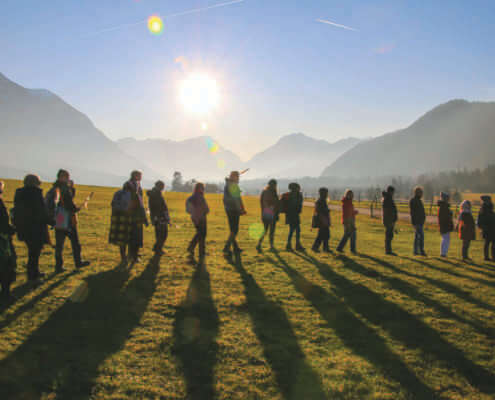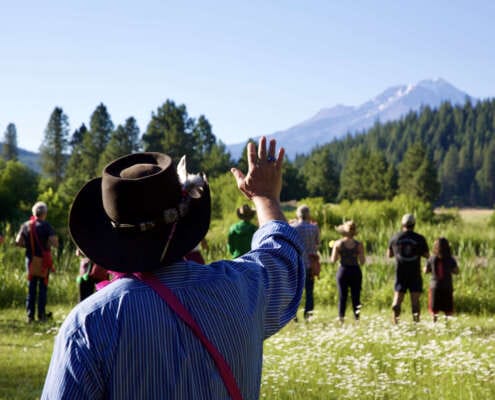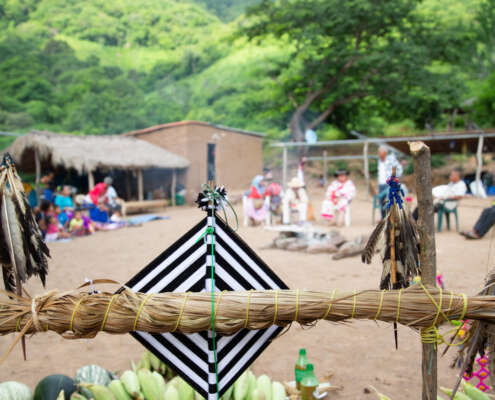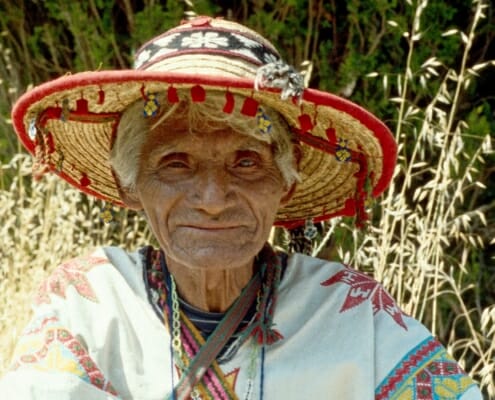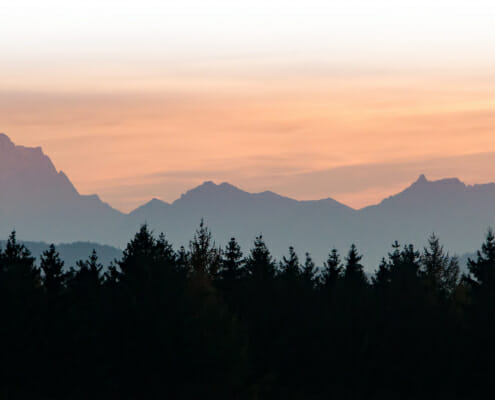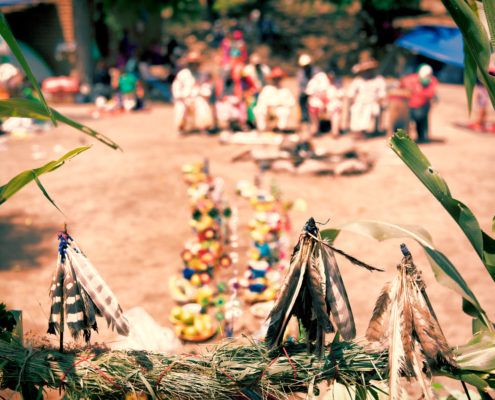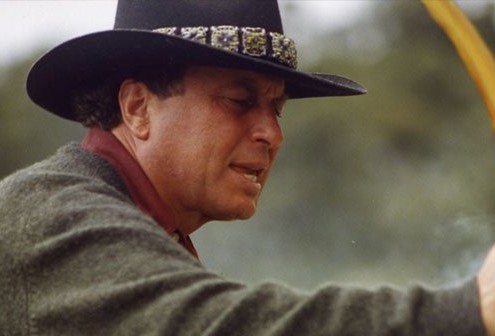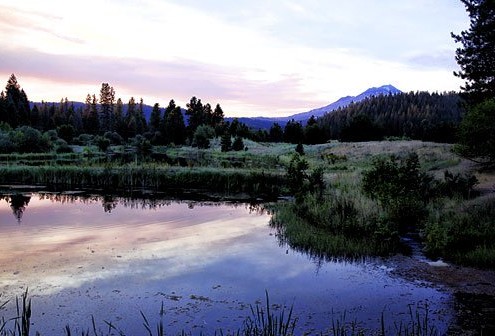Get in Touch
Call: (831) 475-9560
E-mail: info@shamanism.com
Hours: Mon.–Fri., 9am–5pm PDT
Send us your questions. Call about our programs. Schedule a healing. We would love to hear from you.
Upcoming Events
| Nayarit, México | Oct 11 - 18, 2025 |
|---|---|
| Penzberg, Germany | Oct 26 - 31, 2025 | Monterey Bay, CA | Nov 7 - 9, 2025 |
| Carrapateira, Portugal | Feb 22 - 28, 2026 |

